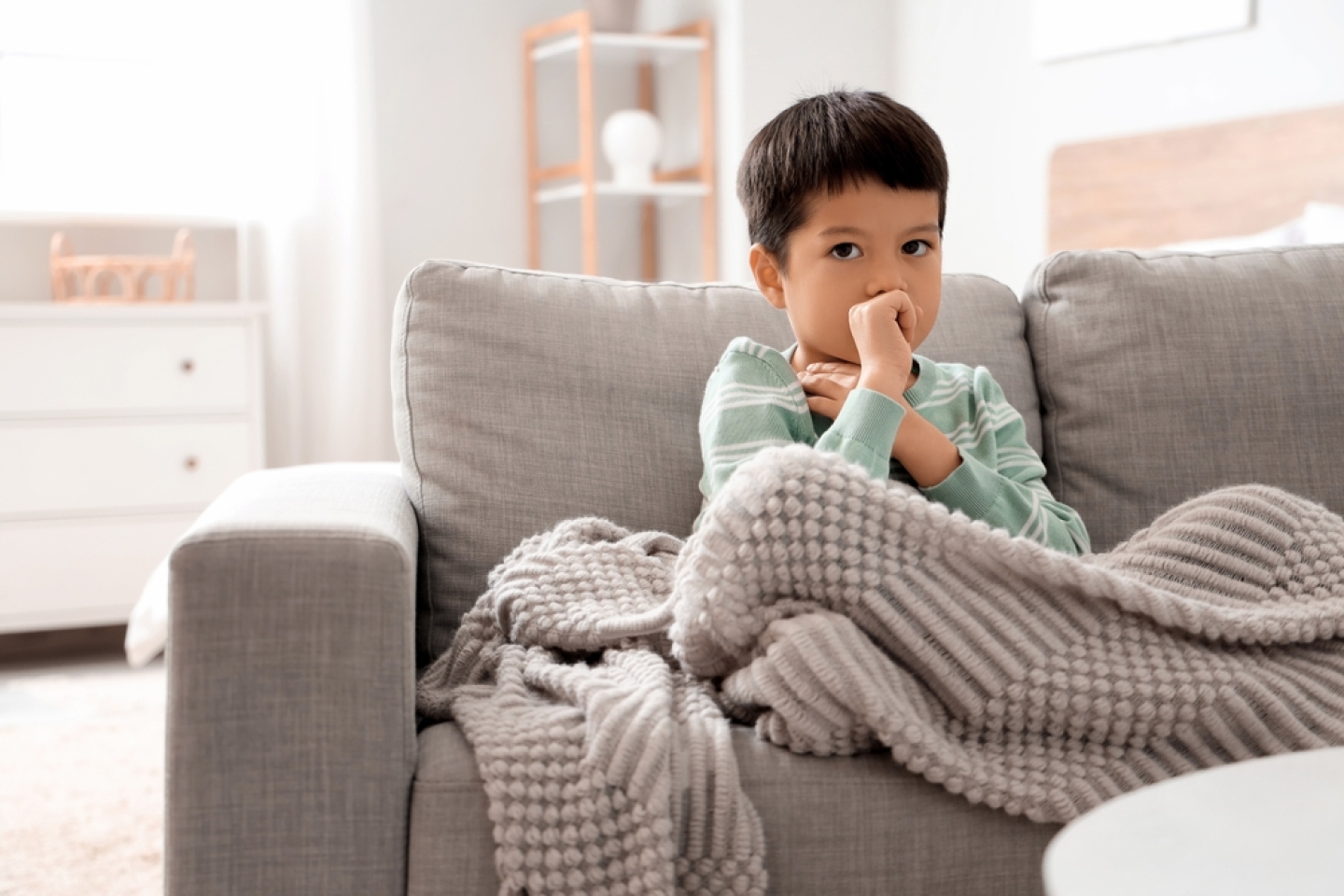
Unlike the viral infections that typically make you cough—a cold, the flu and COVID-19, for example—whooping cough is caused by a bacteria called Bordetella pertussis. It is a strictly human illness.
Whooping cough, also called pertussis, is highly contagious. It spreads via respiratory droplets. It can also be intense and even alarming if you aren’t familiar with its characteristic “whoop.” That’s what it sounds like when you, or your child, inhale sharply after a repeated cough on the same breath, known as a paroxysm or coughing fit.
But vaccines and treatments are available, and home remedies are also part of the mix.
Continue reading for answers to your FAQs, thanks to Dr. Karen Acker, a specialist in pediatric infectious diseases, assistant professor of clinical pediatrics and assistant attending pediatrician at Weill Cornell Medicine.
Its symptoms run the gamut, Dr. Acker says. You may be asymptomatic, or you may develop mild, cold-like symptoms all the way to a severe, debilitating cough.
Usually, the symptoms of whooping cough start with a runny nose, nasal congestion and a mild cough, and then progress to the “paroxysms” described above.
The early, cold-like symptoms can last for 1 to 2 weeks. “They’re typically followed by the paroxysmal cough stage, during which it can be hard to breathe. Sometimes, vomiting follows a coughing fit, as intense coughing can stimulate the gag reflex,” she explains.
The severe symptoms that typically appear later in the course of the illness tend to last from 1 to 6 weeks or even longer.
Symptoms in infants are somewhat different, with a shorter initial phase, followed by gagging and breath-holding known as apnea. The illness is at its most severe in infants under 6 months old. Roughly 30 percent of infants at this age who are diagnosed with whooping cough are hospitalized in the U.S.
“The Bordatella pertussis bacteria infects the cells in the upper airway and damages the hair-like structures on the cell surfaces, called cilia. These help to move mucus along and keep out foreign material,” she says. “Pertussis infections lead to damage to the cilia, intensifying your cough reflex and causing your airways to swell.” However, the damage is usually reversible over time.
“Whooping cough usually lasts longer than a cold, and it’s likely to come with the characteristic cough,” Dr. Acker says. “Yet there are other infections that cause a distinct and intense cough. For instance, a child may have croup—a viral infection that causes a seal-like cough. That can be confused with whooping cough.”
If your infant is under 2 months old and is clearly having trouble feeding and breathing, it’s time to bring them in to your pediatrician’s office, your family practice provider or the ER.
Before the COVID-19 pandemic, there were generally more than 10,000 pertussis cases per year in the U.S. But during the pandemic, that number fell to 2,000-6,000 cases. In 2024, cases increased to pre-pandemic levels, with approximately 35,000 cases in the U.S.
Similar trends were seen in New York City. Almost 1,000 cases were reported in the City in 2024, compared to roughly 400 in 2023.
However, vaccination does not fully protect against infection, as the vaccine response wanes over time. That’s why booster doses are recommended every 10 years or even sooner.
The pertussis vaccine comes in two formulations, both of which also contain the tetatus and diphtheria vaccines. Children receive the DTaP vaccine, while adolescents and adults are given the TdaP formulation.
“All household members should be vaccinated,” she says, “especially if there are infants or immunocompromised individuals living in the household. Ideally, all household contacts should receive a vaccine dose at least 2 weeks prior to close contact with the infant.” That’s a strategy called cocooning. You can turn your home into a “cocoon” by making sure that everyone, including visitors, has had a TdaP booster.
Additionally, she says, “all pregnant women should receive a dose of the TdaP vaccine during their third trimester to provide protection to their infant through the passage of maternal antibodies.” That applies to every pregnancy.
“We diagnose it via a nasopharyngeal swab inserted into the nose and down to the back of the throat. The common tests we use are able to detect the DNA of the pertussis bacteria.”
Once diagnosed, “we prescribe the antibiotic azithromycin for five days. It’s most effective if given early in the course of the illness, but it should be given at any point when pertussis is suspected or confirmed to prevent transmission to others,” Dr. Acker says.
Antibiotics can also lessen the severity of symptoms if administered during the early phase of the illness.
You can also administer antibiotics as a preventive strategy if your child has been exposed via close contact with someone who has pertussis.
Pertussis infections provide immunity that can last for many years, but immunity wanes over time. For that reason, it’s not only wise to get vaccinated every 10 years; it’s necessary. Vaccines provide immunity without the severe impact caused by the illness itself.
Keeping your child hydrated and using a cold air humidifier can help keep the throat moist and minimize irritation in the airways. In children over a year old, honey can be given to provide some relief from the cough, but the Centers for Disease Control and Prevention (CDC) urges parents to avoid giving it to those younger than 12 months old due to the risk of botulism.
Another no-no is over-the-counter cough medicine. These products, designed for adults, aren’t safe for kids, so unless your provider has prescribed one, avoid them at all costs.
Thankfully, she says, “we have excellent tools to prevent and treat whooping cough, aka pertussis. Don’t hesitate, then, to have your children vaccinated, along with everyone else in your household. And trust your family practitioner to treat the illness once it’s diagnosed.”
Make an appointment with a Weill Cornell Medicine pediatrician.